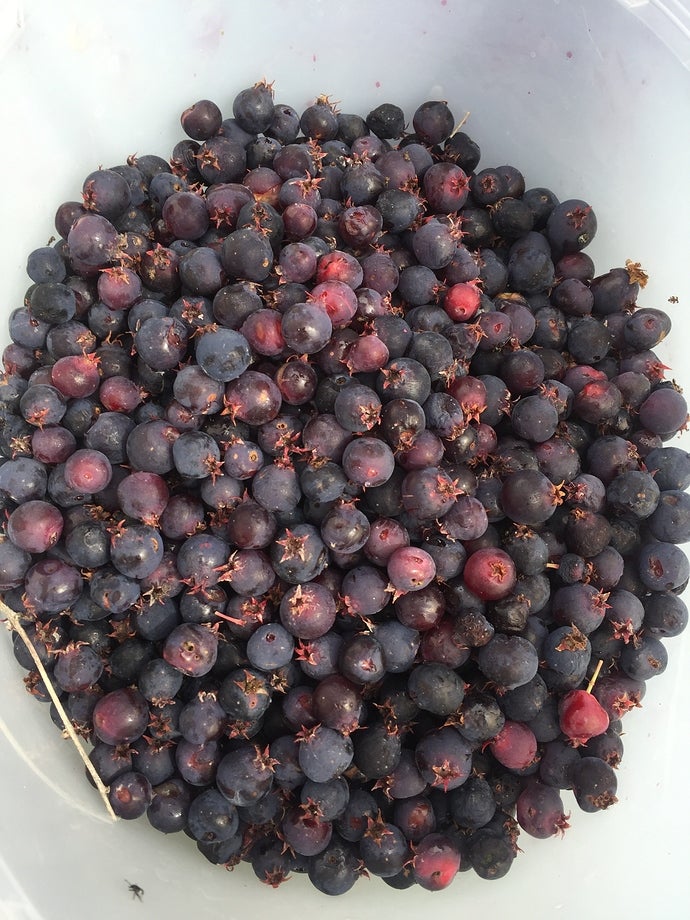Serviceberries for blossoms and fruit
Published 11:47 am Tuesday, June 23, 2020
|
Getting your Trinity Audio player ready...
|
by Max Phelps
Yards to Paradise
The serviceberry is a lovely bush or tree in bloom in early April, and also in June as the fruits ripen. It goes by common names like sarvis, shadbush, Juneberry, Saskatoon and so forth. It’s Latin botanical name is Amelanchier. The biggest blooms and fruits are produced by hybrid trees, called amelanchier x grandiflora or apple serviceberry. There are few lovelier landscape pants, and fewer still that are easier to grow.
Serviceberry is a native of most of the United States and lower Canada. There are a half dozen or more species in the wild in the country, and some natural hybrids also. Some shrubs, especially amelanchier alnifolia, are always shrubs. Some, such as amelanchier lavies or amelanchier lamarckii can become trees if given enough decades of opportunity to get there, as they grow pretty slow, especially as they get older. The record serviceberry tree is in Kentucky, with a trunk diameter of 28 inches. In the home landscape, usually they are no bigger than a crape myrtle, and some hybrids are actually dwarfish and fit superbly in the smallest of spaces.
The habit of the serviceberry is to flourish at woods edge or stream edge. Both because it likes those places, same as dogwoods, and that’s also where the birds drop the seeds. It grows in deep woods but the blooms are scarce and growth is slower. In the open areas, serviceberries are generally clumps, unless pruned into a tree form—but, in the forest, as they mature, they usually lose the lower limbs and become trees with one trunk in old age.
The serviceberry is a native plant, attracts native bees and predatory insects, is happy in most soils except waterlogged or bone dry, and has lovely white blooms (occasionally tinted light pink) that are often lightly fragrant to the discerning nose.
I personally prefer eating a serviceberry to eating a blueberry any day. The only reservation I have is the seeds are larger and therefore the jam is a little ‘seedy’; the flavor is the very best. Better than blueberries, strawberries, blackberries or currants and gooseberries. Picking a fresh ripe serviceberry in your yard (that the birds haven’t eaten yet) is one of those treats in life usually reserved for the farmer or back-to-nature folks. I recommend them regularly to my clients, and don’t recall that I have ever had one die and have to replace it.
That’s a pretty strong recommendation for serviceberry as a landscape plant. Add to that the lovely blooms and some nice yellow, orange or reddish-purple fall color, and its good behavior. And if you’ve ever eaten any that are ripe, you know it is nearly without equal as a fruiting plant as well.
For the neat tree that will grow anywhere, flower early, have tasty fruit, be so attractive to wildlife, and is a native that is not invasive, how can you go wrong with planting serviceberries at your place?
For more information, visit www.rockcastles.net






